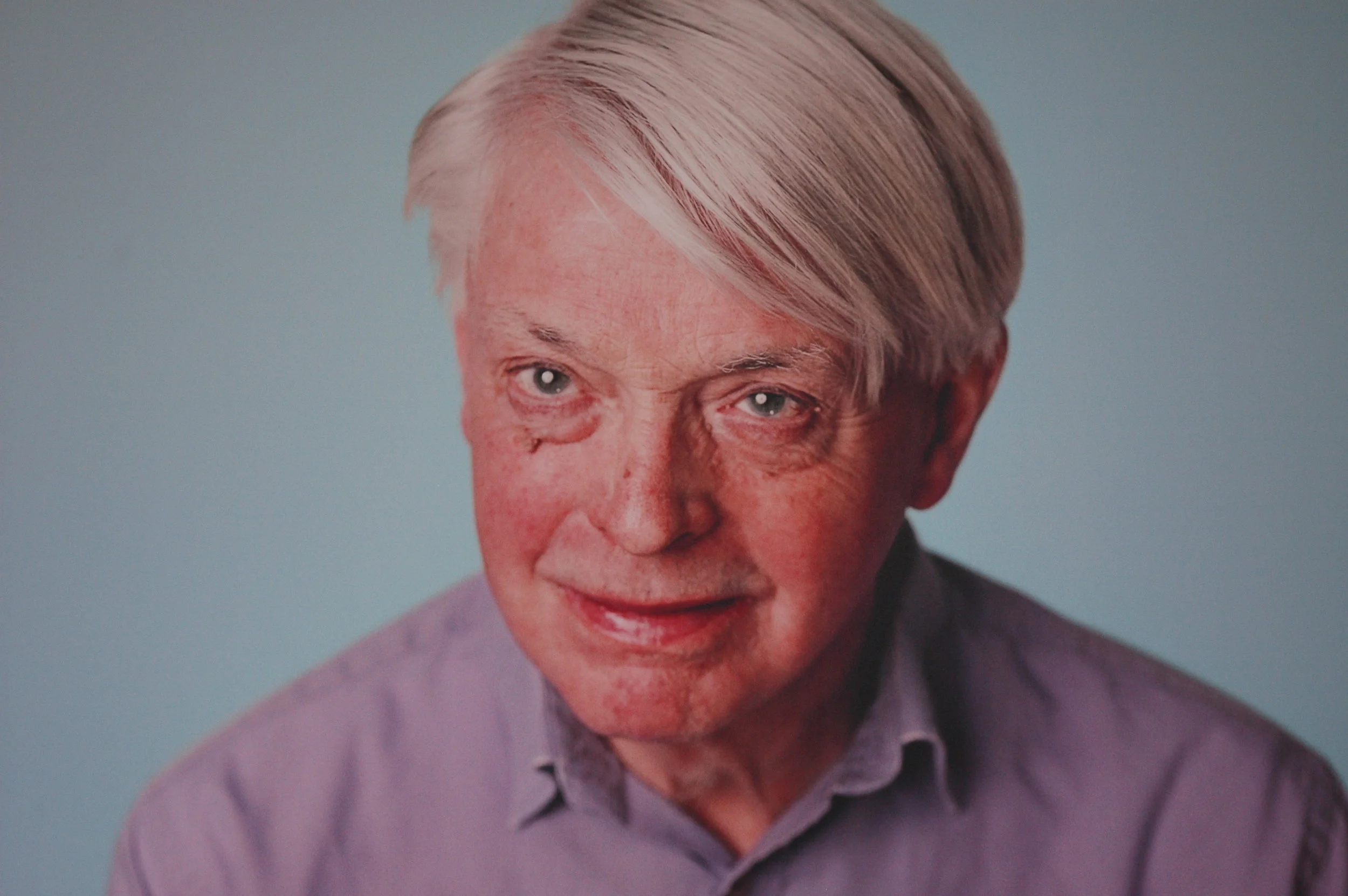The CAA originally started out back in 2002 as the Capital Age Festival (CAF) running large festivals mainly in the Central London South Bank Area. It has developed and progressed into running and supporting art and cultural projects more widespread across London throughout the year. The Charity is run by a board of volunteers who have a wealth of experience in working with older people promoting, delivering artistic projects in London. The charity changed its name in 2017 to become the Capital Age Arts (CAA) in line with its more generic work and image across London.
Our Mission & Values
CAA encourages and nurtures the creative expression of London’s multi-cultural population. It is a catalyst by which the artistic potential of the Capital’s aging population can be developed and realised. Although CAA main emphasis is with London’s elder artistic community it also works with younger people in intergenerational projects. CAA believes the expression of life is art in whatever form that takes. Older people have a wealth of accumulated life experience and talent which has a tangible place in society.
The expression of being is a valuable asset, which not only reduces loneliness and isolation but encourages others. The benefits of life expression are well proven in mental and physical health. Older people are often written off culturally. CAA challenges this attitude and delivers the proof in its projects, festivals and work. CAA does not set limits on artistic expression.
Our History
Early years 2002–2006 Capital Age Festival (CAF) was developed by the London’s Older People's Strategy Group (LOPSG). It had been set up to lobby the new Greater London Authority on older people’s issues. Several older volunteers (including Mark Windisch, Joan Bennetto, and Graham Matthew s were instrumental in making the festival happen.
By 2010 CAF had developed into an independent organisation, a registered company limited by guarantee, controlled by its the Artistic Director, Paul Margrave, and its board of directors. CAF was then one of the principal organisations promoting and fostering older people's creative arts in London. The first festival was held just outside City Hall and was visited by all of the London’s elected mayors.
The Early Festivals 2007–2012
After our initial heady and chaotic beginnings, CAF settled into a pattern of a summer festival in Coin Street on the South Bank with the occasional winter festival day at City Hall. The festival continued to have good support from the Arts Council and Greater London Authority. The festival sparked the early sense of an elder arts community, which was beginning to emerge. In 2010 CAF became a registered charity under the leadership of Paul Margrave and was granted 3 year funding by the Baring Foundation.
For the first time the organisation had stability and a future. CAF kept the model of the summer festival but expanded it to a fortnight throughout London so older people’s arts could be seen throughout the capital in new and inventive ways. In addition, Paul began to develop partnerships with like minded organisations like Audiences London, finally having the resources to develop training for those who worked in the sector. CAF was a place to meet, to make partnerships, make contacts, to plan future work together.
During 2013 and 2014 CAF continued to run festivals widely throughout the capital in July, first targeting women, then men. However, after many disappointments, and a developing building based elder arts festival culture, CAF realised that as a small, unfunded organisation it no longer had the resources, and festivals could be run by better financed building based companies.

